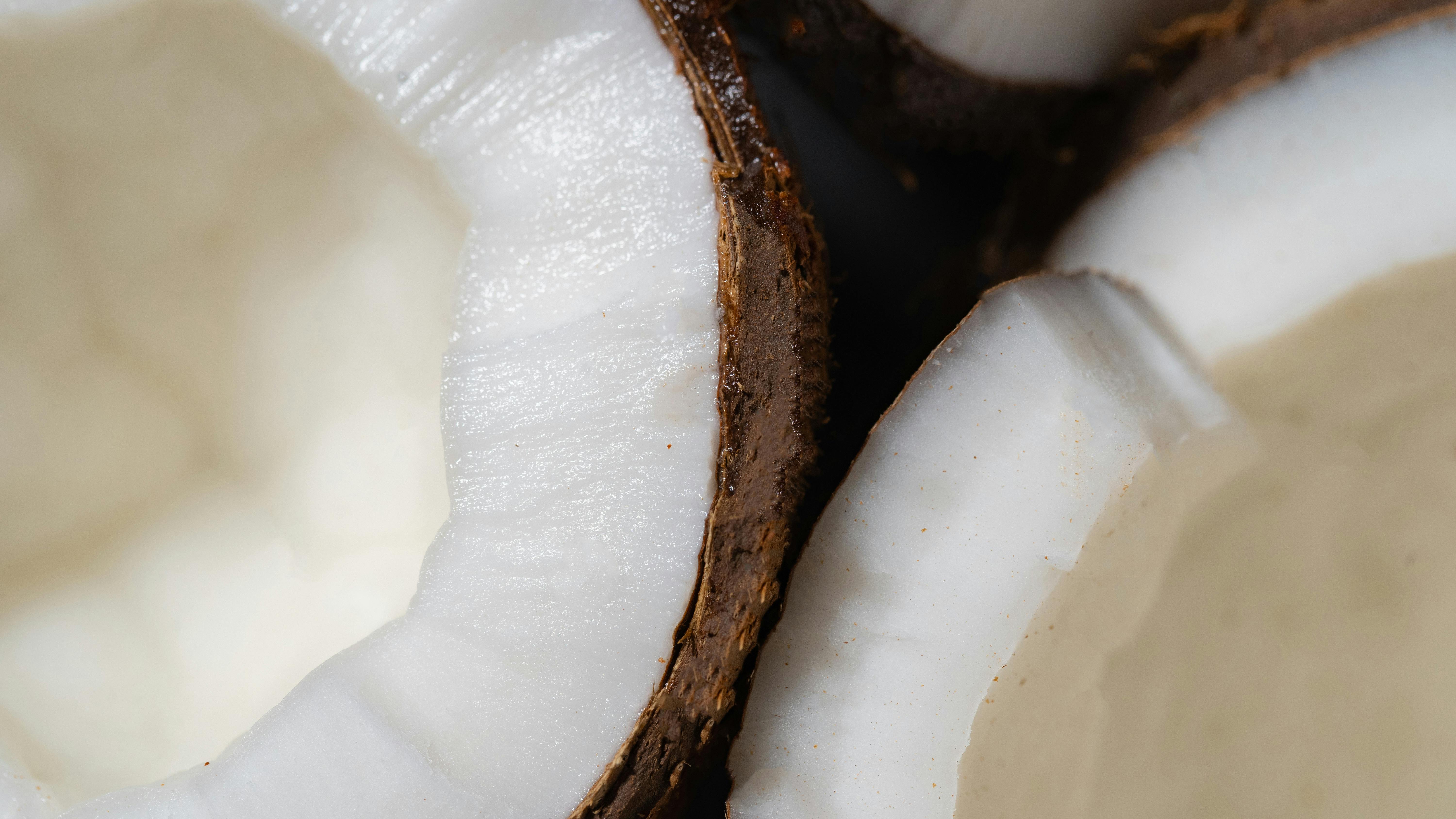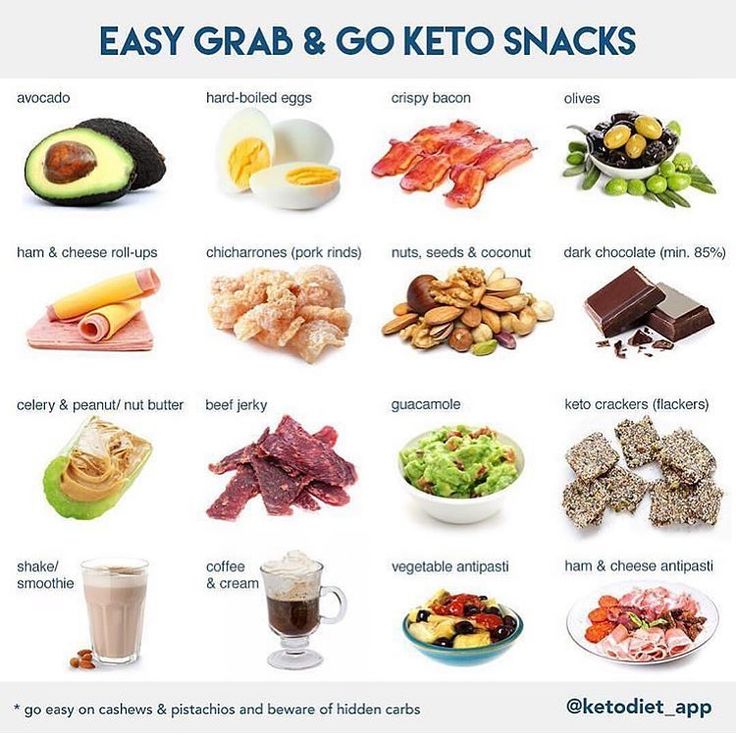Apply Now
How to Convert Fraction to Percentage Effectively
Understanding the Basics of Conversion
To convert a fraction like 70/80 into a percentage, you can follow a simple mathematical method. Understanding this conversion is essential for various applications, from academic calculations to everyday problem-solving. Knowing how to express fractions as percentages helps provide clearer insights and comparisons.
Step-by-Step Calculation Process
Start by dividing the numerator (70) by the denominator (80). This division step is crucial as it gives you a decimal equivalent of the fraction.
\[
70 \div 80 = 0.875
\]
Next, to find the percentage, you multiply the resulting decimal by 100. This final step helps translate the decimal into a percentage format.
\[
0.875 \times 100 = 87.5\%
\]
Thus, when you calculate 70 out of 80 as a percentage, the result is **87.5%**.
Using a Formula for Clarity
Another way to express the conversion mathematically is through the percentage formula:
\[
\text{Percentage} = \left( \frac{\text{Part}}{\text{Whole}} \right) \times 100
\]
For our specific example:
\[
\text{Percentage} = \left( \frac{70}{80} \right) \times 100 = 87.5\%
\]
This formula approach not only clarifies the calculation step but also provides a method that can be applied to any fraction.
Practical Examples of Fraction to Percentage Conversion
Real-Life Situations Requiring This Conversion
Understanding how to convert fractions into percentages is vital in various real-life scenarios. For instance, when determining discounts during sales, or analyzing test scores, converting fractions to percentages helps compare different situations effectively.
Common Mistakes to Avoid
A frequent error is forgetting to multiply the decimal by 100 after the division. Ensure you always perform this step to achieve an accurate percentage. It’s also important to double-check your calculations for accuracy.
Advanced Applications of Percentage Conversion
Going beyond basic conversions, understanding the implications of these percentages in areas such as finance and statistics can enhance your decision-making. For example, in finance, calculating interest rates or investment returns often requires percentage conversions.
Exploring Further: Related Concepts in Fraction and Percentage
The Relationship Between Fractions, Decimals, and Percentages
Fractions, decimals, and percentages are closely interlinked. A solid grasp of one can enhance your understanding of the others. For instance, converting decimals may also require you to convert them back to fractions or percentages.
Understanding Percentages in Context
Percentages are often used in data representation and analysis. In statistics, they provide a clearer picture when comparing datasets. For example, expressing survey results in percentages makes it easier to interpret the data.
Frequently Asked Questions on Conversion Techniques
1. **What is the easiest way to convert a fraction to a percentage?**
The easiest method is to divide the numerator by the denominator and then multiply by 100.
2. **Is it necessary to simplify fractions before conversion?**
While simplifying can make calculations easier, it's not necessary. You can convert any fraction directly.
3. **Can this method be applied to all fractions?**
Yes, this method is universal for any fraction. Just follow the same steps regardless of the numbers involved.




